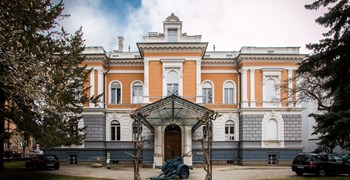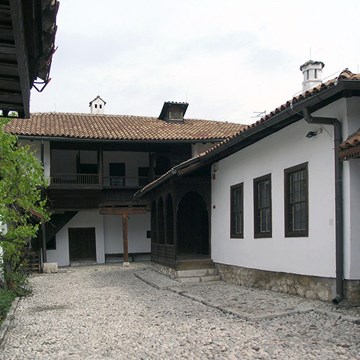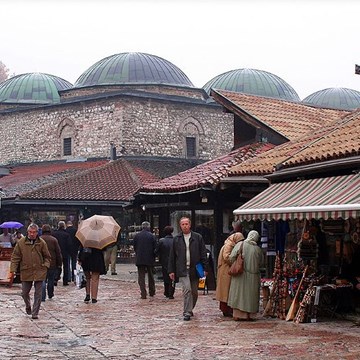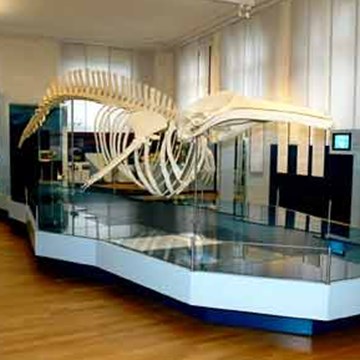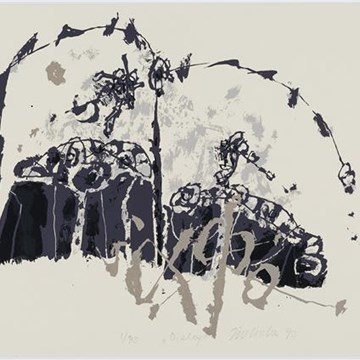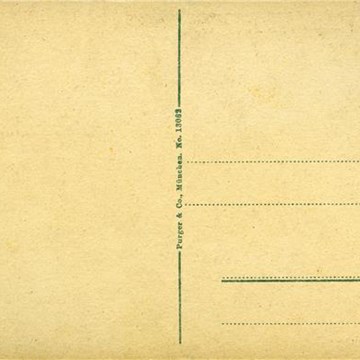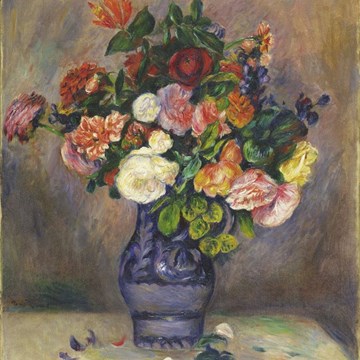History of Photography
From the very beginning, humankind has had the desire to prove themselves and to understand the world surrounding them. Certainly there were moments when people wished to capture a moment in an image that stays forever. From what used to be an impossible dream, the desire developed through numerous attempts into art, and more, into the industry that employs several million people around the world.
The term photography denotes the set of procedures that create realistic and lasting images on certain materials without a brush or a pencil.
The beginnings of photography date far back. It all began with the camera obscura, which means a “dark chamber”: this is an optical phenomenon, in which the upturned image of an illuminated object is projected through the hole in the wall of the dark chamber and onto the far wall. The Chinese philosopher Mo-Ti already mentioned camera obscura in the 5th century BC, whereas a famous Greek scholar reported on it a century later. Around 1500, Leonardo da Vinci described camera obscura, comparing it to the human eye.
In 1550 Girolamo Cardano improved the sharpness and brightness of images by using a biconvex lens, and in 1568, Daniele Barbaro improved the qualities of camera obscura representation by installing shutters. Almost a century later, in 1646, Athanasius Kircher described the portable camera obscura, and in 1685, Johann Zahn devised a reflex box camera obscura.
Rapid development of photography only began in the 19th century. In 1802, Thomas Wedgwood was executing photography experiments with paper and leather soaked in silver nitrate. However, he did not know how to preserve the photos that appeared. To make the first permanent photograph originating in 1827, “View from the Window at Le Gras (Saint-Loup-de-Varennes, France),” Joseph Nicéphore Niépce kept bitumen covered tin plates exposed in a camera obscura for 8 hours.
In 1829, Niépce and Louis Jacques Mande Daguerre concluded a photography development partner contract, and in 1835, Daguerre discovered the formation of latent photograph on a silver cooper plate that had been exposed to iodine vapours and could now be developed with mercury vapours – daguerreotype. The French government purchased Daguerr's invention, giving it into free use throughout the world.
The English inventor William Fox Talbot took a step further by creating the negative. He called the process calotype, but it is also known as talbotype.
In 1839, the English astronomer John Herschell found a way to fix an image: by immersing it in a solution of common salt. In the same year, he was the first to use the term photography, while also introducing the terms positive and negative.
In 1843, the Slovenian Janez Puhar discovered the process of photography on glass plates – heliotype. Being dangerous to health, the technique never prevailed.
In 1847, Abel Niépce de Saint Victor replaced the paper in calotype with glass. In official circles he is considered the inventor of glass photography.
In 1851, Frederick Scott Archer presented his procedure with wet collodion – ferrotype or tintype. He coated a glass plate with the collodion solution and exposed it to sunlight while still wet. The image was sharp. In 1853, Adolphe Martin replaced the glass with a dark lacquered tin plate.
The first colour photograph dates to 1861, when it was made by James Clark Maxwell, proving that a mixture of blue, red and green can result in any colour of light from the visible spectrum.
Around 1880, Richard Leach Meadox replaced the medium of wet collodion with gelatine as it preserved silver salts on the glass. Charles Bennet made the first dry gelatine plate, which enabled progress, eventually superseding the wet collodion plate. In 1887, Hannibal Goodwin used transparent and flexible celluloid film as the medium for photosensitive layers.
Nevertheless, photography remained a complicated procedure up until 1988, when George Eastman patented the first box camera that included a film roll. Already in 1890, Kodak launched onto the market its first camera, Brownie.
In 1913, Otto Barnack designed the Ur-Leica camera for 35-mm film, and in 1925, the serial production of Leica cameras began. 1929 saw the introduction of Rolleiflex reflex cameras.
In 1935, Kodak developed the first colour slide procedure, and so did Agfa in 1936. In the same year, IHAGEE Dresden presented the first single-lens reflex camera Kine Exakta. In 1939, the smallest camera, Minox, was produced, and Agfa presented the colour procedure negative-positive.
In 1947, Edwin Land discovered the black-and-white polaroid process, and in 1969, Willard Boyle and George E. Smith invented the CCD sensor.
In 1972, Willis Adcock patented the digital camera, and in 1975, Steven Sasson patented a prototype digital camera. In 1989, Sony presented their first digital camera, Promavica MVC – 5000.
Exhibitions and events

Shhh! Maribor 1941-1945
Permanent exhibitionShhh! Due to the secret nature of this data, we cannot disclose everything in this invitation, so we'd like you to join us at the opening of our permanent exhibition.
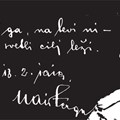
»Na desni ga, na levi ni – pred nami svetli cilj leži«
Permanent exhibitionRazstava prikazuje predvsem boj za slovensko severno mejo na Štajerskem in vzhodnem Koroškem, na ozemlju, ki je bilo konec leta 1918 v Štajerskem obmejnem poveljstvu. Atentat na...
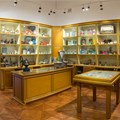
A Monument to Maribor's Industry - Industrial Maribor in the 20'th Century
Permanent exhibitionAlong with its favourable geographical position and advantageous conditions also its electrification contributed to the industrial boom of Maribor and northeastern Slovenia. Namely, the first...
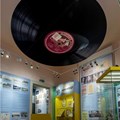
Maribor is ours!
Permanent exhibitionAfter the formation of Yugoslavia, Maribor became an important border city, representing Yugoslavia’s north-western gate into the world. The city became the transport route connecting the Alps and...
Activities from this museum
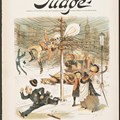
In zasvetila je luč 1883 - Predšolski in I. triada
Kakšno je bilo življenje v Mariboru v tistih časih, ko še ni bilo elektrike?...

Kaj se skriva v muzeju? - Predšolski, 1. triada
Otroci bodo spoznavali delovanje muzeja, slišali zgodbo o zgodovini muzejske...

Dišijo praznične dobrote
Na delavnicah predstavljamo del kulturne dediščine, ki se skozi stoletja...
